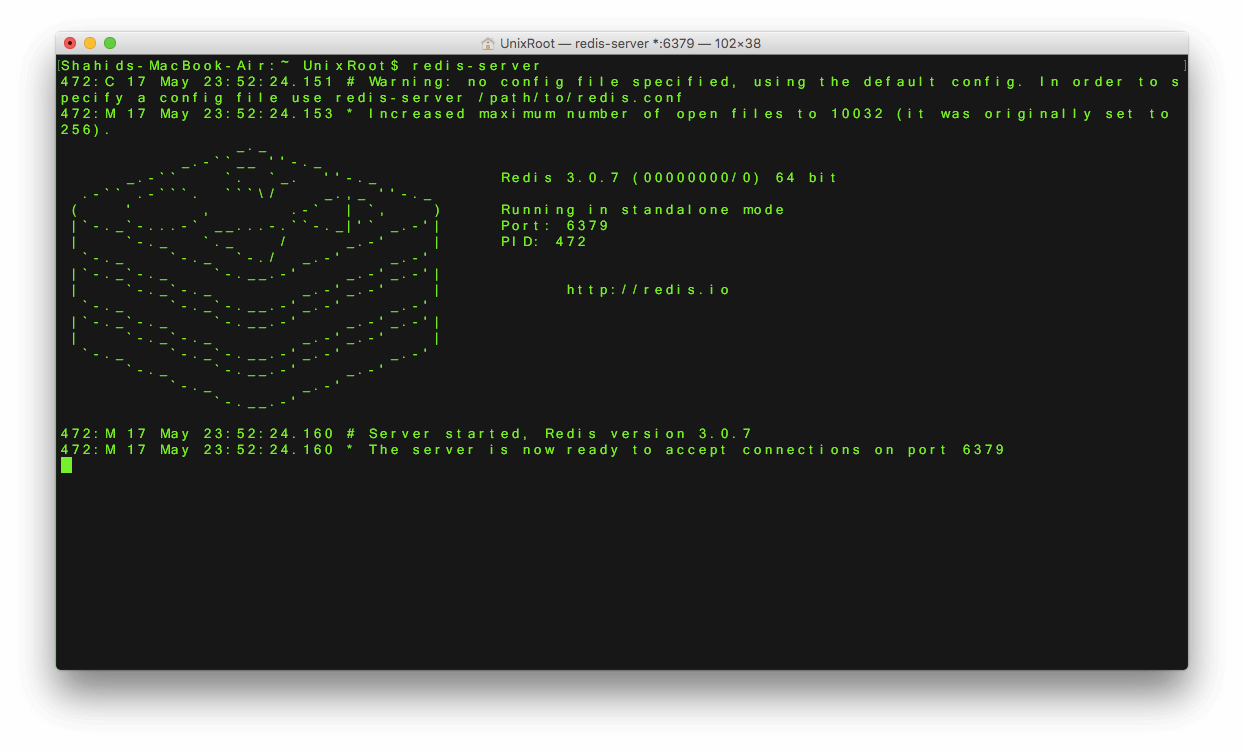

open another tab, build up a desktop client npm run electron. You can install recent stable versions of Redis from the official Or by brew: brew install -cask another-redis-desktop-manager Or sponsor by app store. We define a default cache with the CACHES setting, using a built-in django-redis cache as our backend. Looking at our example app in a text editor, we can see the Redis configuration in the settings.py file. Django uses django-redis to execute commands in Redis. "bar" *From the official Debian/Ubuntu APT Repository Redis provides an API with various commands that a developer can use to act on the data store. You can interact with Redis using the built-in client: $ src/redis-cli The binaries that are now compiled are available in the Note: the generic tarball does not match any hash because it is modified to untar to the redis-stable directory.ĭownload, extract and compile Redis with: $ wget Install redis using brew brew install redis List installed files. In order to extract the version in an automatic way.Ĭontains a README file with SHA1 digests of released tarball archives.
BREW INSTALL REDIS CLI CODE
The source code of the latest stable release is Historical downloads are still available onĬan easily access the tarball of the latest Redis stable version at Redis 5 was release as GA in October 2018. Type exit or press Ctrl-C to exit from redis-cli prompt.

Redis 5.0 is the first version of Redis to introduce the new stream data type with consumer groups, sorted sets blocking pop operations, LFU/LRU info in RDB, Cluster manager inside redis-cli, active defragmentation V2, HyperLogLogs improvements and many other improvements. On your master Linode, run redis-cli and execute command set a 1.

Redis 6.0 introduces SSL, the new RESP3 protocol, ACLs, client side caching, diskless replicas, I/O threads, faster RDB loading, new modules APIs and many more improvements.


 0 kommentar(er)
0 kommentar(er)
